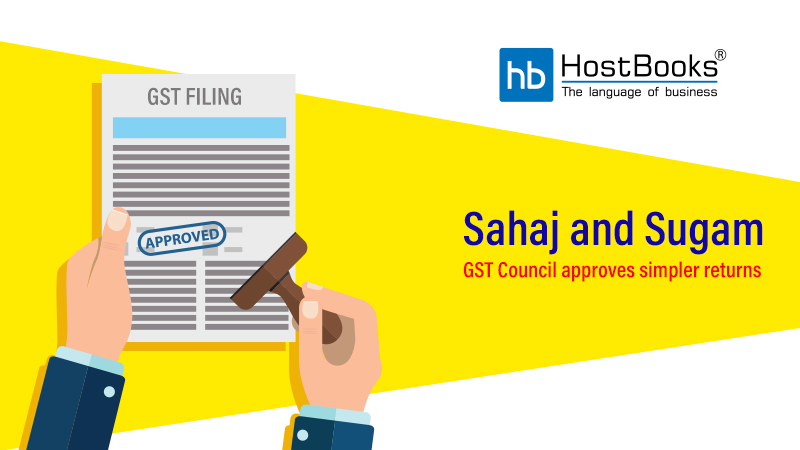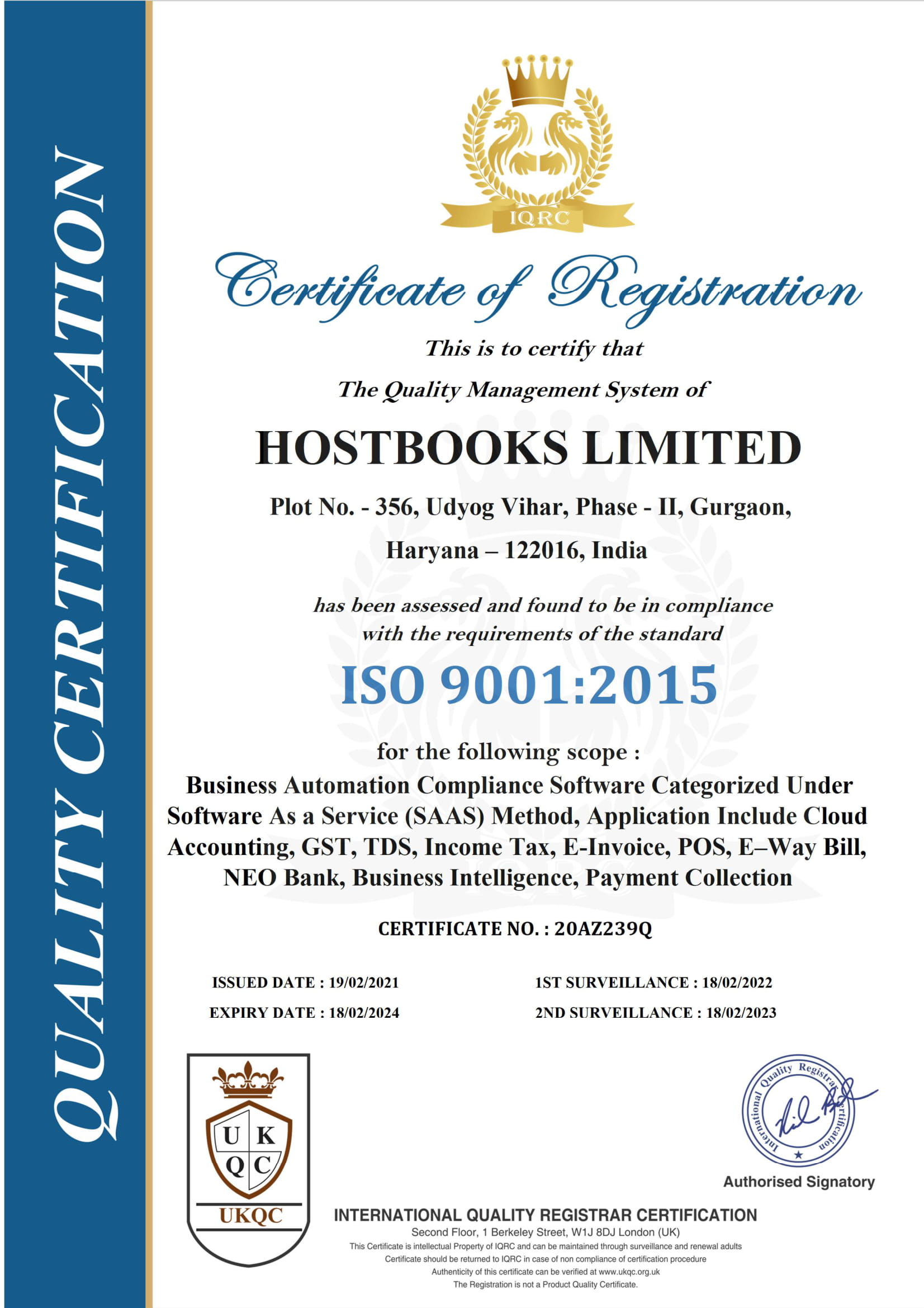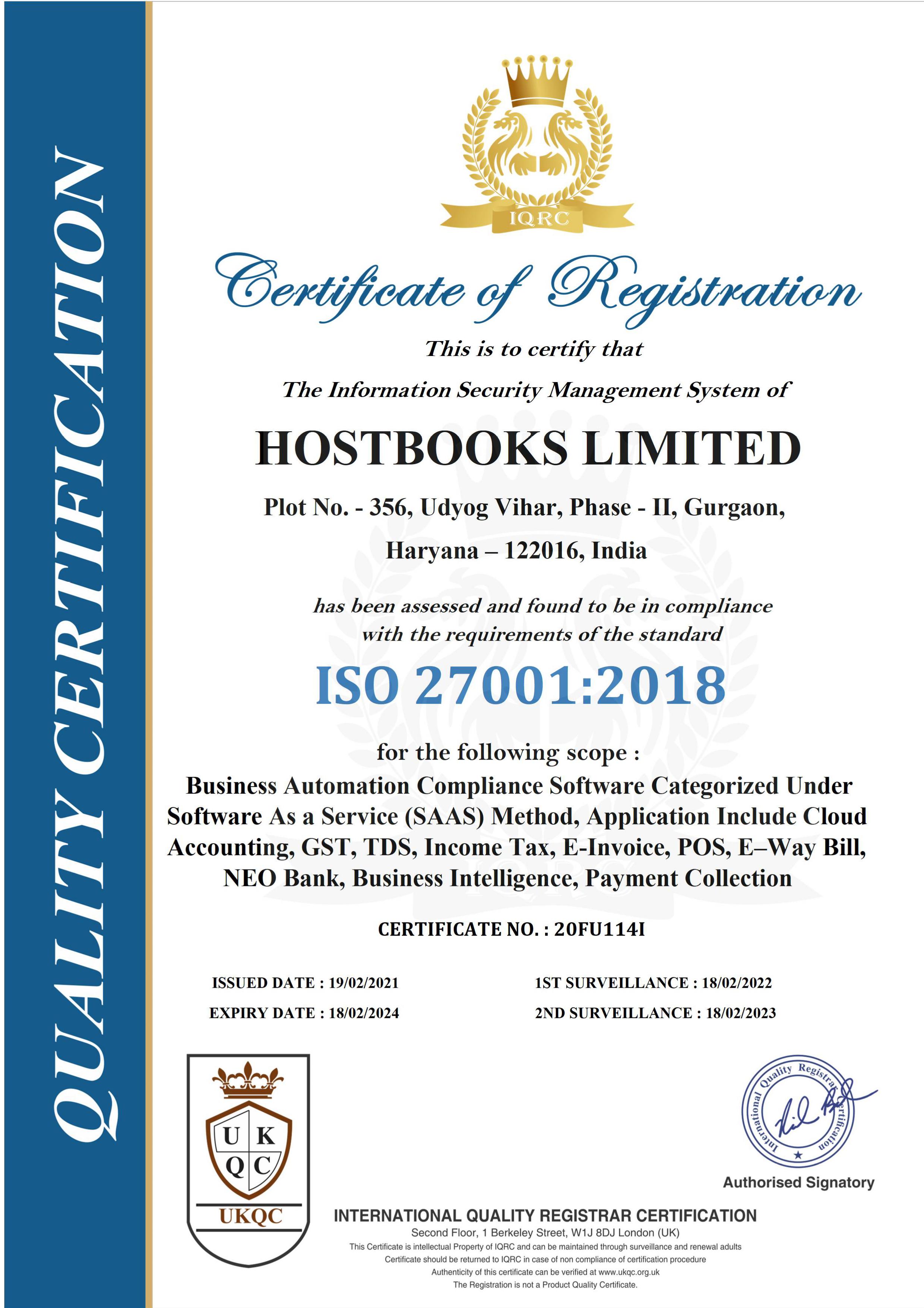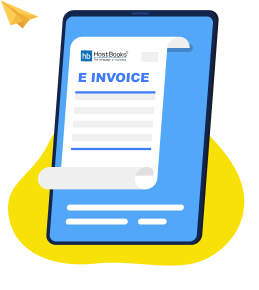
What is GST Reconciliation and what are its common issues?
October 1, 2019
Hopeful of meeting GST collection targets: Revenue Secretary
October 16, 2019In its 31st meeting, the Goods and Services Tax (GST) Council decided to introduce a new GST return system to facilitate taxpayers. A prototype of the offline tool has been shared on the GST portal in May 2019 to allow the users to familiarize with the look and feel of the tool. The offline tool would be similar to that of the online portal.
The Council has announced that simplified GST returns (Sahaj and Sugam) filing system would be introduced for taxpayers with a turnover below ₹5 Crores. These returns will require lesser information to be declared in comparison with a regular taxpayer. The 37th GST Council Meeting has postponed the implementation of the new GST return system for all taxpayers from October 2019 to April 2020.
What are the major highlights of the new return system?
- Taxpayers are considered small if the turnover is up to ₹5 Crores in the preceding financial year, or else considered large taxpayers.
- A single simplified main return FORM GST RET-1 containing two annexures GST ANX-1 and GST ANX-2 needs to be filed by all taxpayers.
- A mechanism for continuous uploading and viewing of revenue invoices on a real-time basis.
- Input tax credit (ITC) can be claimed based on the invoices uploaded by the supplier.
- An amendment return can be filed for any missing invoices and amendments.
- If a taxpayer has applied for cancellation of registration, the registration will be suspended and no returns need to be filed during this period.
What is GST Sahaj Return?
Regular taxpayers with a turnover of up to ₹5 Crores can now file GST returns (Sahaj or Sugam) on a quarterly basis, against the earlier limit of ₹1.5 Crores. GSTR Sahaj is for those taxpayers who are dealing with only B2C (Business to Consumer – supplies to consumers and unregistered persons under GST) supplies.
What is GST Sugam Return?
GSTR Sugam will be available for those taxpayers who are engaged in both B2B (Business to Business – supplies to GST registered persons) and B2C supplies but having a turnover of ₹5 Crores or less. It can be filed on a quarterly basis and will mostly be similar to the monthly returns, but requiring less information to file compared to the regular returns.
The taxes have to be self-assessed by the small taxpayers opting for the quarterly return scheme and paid monthly via a challan. For taxpayers having a turnover above ₹5 Crores, the monthly returns are mandatory to be filed. Their return has also been simplified which now contains only two main tables – one to report outward supplies and another to avail input tax credit (ITC) based on invoices uploaded by the supplier. For availing ITC, a buyer can view and accept or reject or keep pending invoices uploaded by the seller on a continuous basis.
What are the Pros & Cons of Sahaj & Sugam?
Pros.
- Simple return with minimum fields.
- Quarterly Return.
- No need to declare NIL rated, exempted or Non-GST supplies, if any.
Cons
- Taxpayers opting Sahaj & Sugam cannot make supplies through e-commerce operator on which tax is required to be collected under section 52.
- Taxpayers opting Sahaj & Sugam shall not take credit on missing invoices.
What are the contents of GST Sahaj & Sugam Returns?
| Table | Name | Details |
| Table 1 and Table 2 | Basis details | GSTIN, legal name, trade name, ARN, and the date of filing are auto-populated. |
| Table 3 | Summary of outward supplies and inward supplies attracting a reverse charge | Details of outward supplies to consumers and unregistered persons and inward supplies on which reverse is applicable will be auto-populated in this table from Annexure 1. Details related to advances and liabilities pertaining to prior period needs to be entered. |
| Table 4 | Summary of inward supplies for claiming ITC | Details will get auto-populated in this table from Annexure 1 and 2. Details related to ITC reversal needs to be manually entered. |
| Table 5 | Amount of TDS/TCS credit received in electronic cash ledger | Amounts will be credited in the electronic cash ledger based on returns filed by deductors in Form GSTR -7 and GSTR-8. |
| Table 6 | Interest and late fee liability | Interest and late filing fee arising due to the late filing of the return, late payment of taxes and uploading of preceding period invoices will be auto-calculated by the system. Any other interest payment liability should be self-assessed by the taxpayer. |
| Table 7 | Payment of tax | The taxpayer can make the payment by utilizing ITC and then the balance can be paid in cash. However, payment arising due to reverse charge, interest, and penalty should be paid in cash. |
| Table 8 | Refund claimed from electronic cash ledger | The details will be auto-populated from electronic cash ledger. |
| Table 9 | Verification | The details will be auto-populated from electronic cash ledger. |
Conclusion
Although monthly returns are mandatory to be filed for taxpayers having a turnover above ₹5 Crores, the new GSTR forms require less information to be filled. The new return system proposed by the GST council is aimed to increase the ease of doing business for all taxpayers.
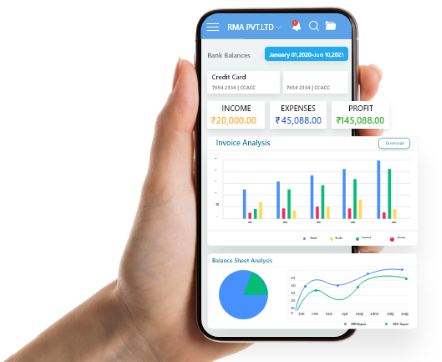
Try HostBooks
SuperApp Today
Create a free account to get access and start
creating something amazing right now!





